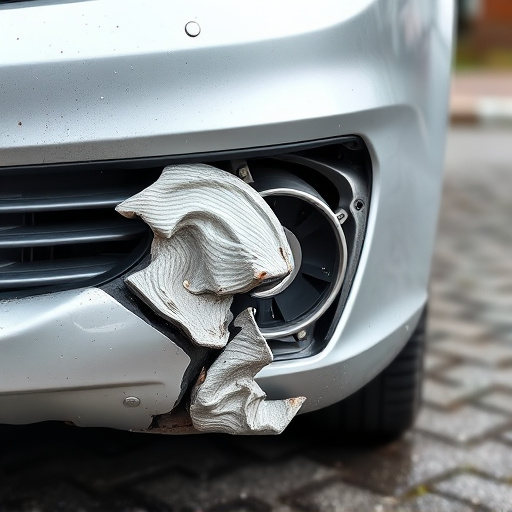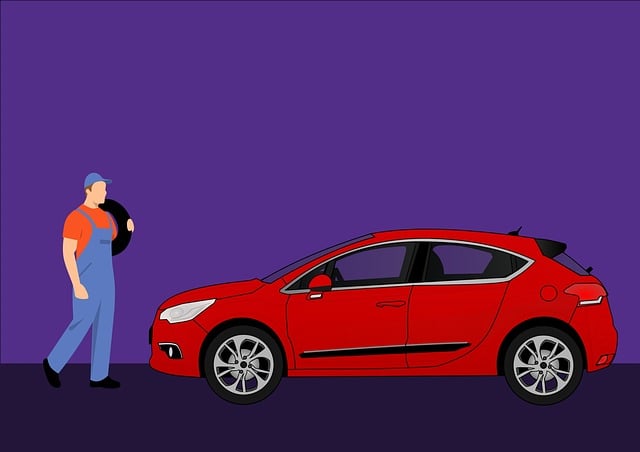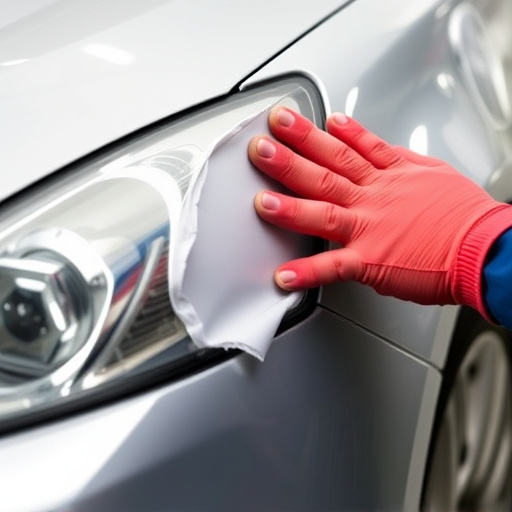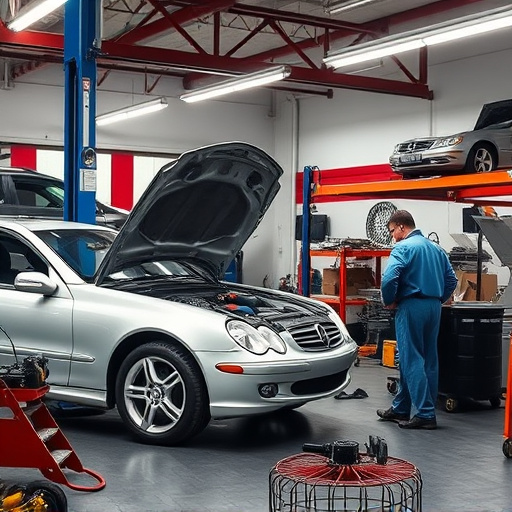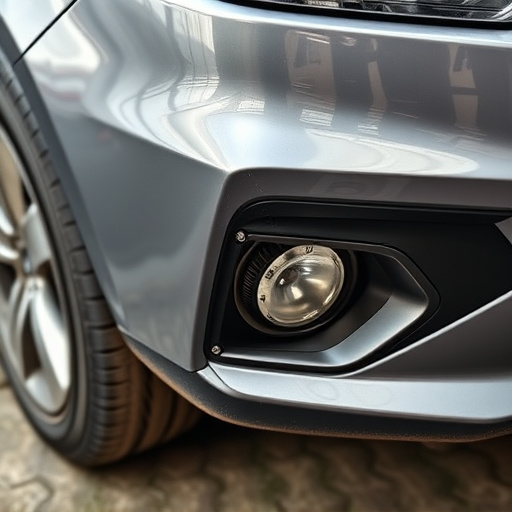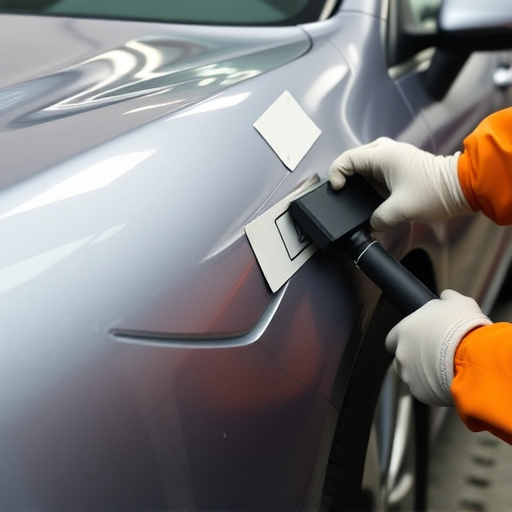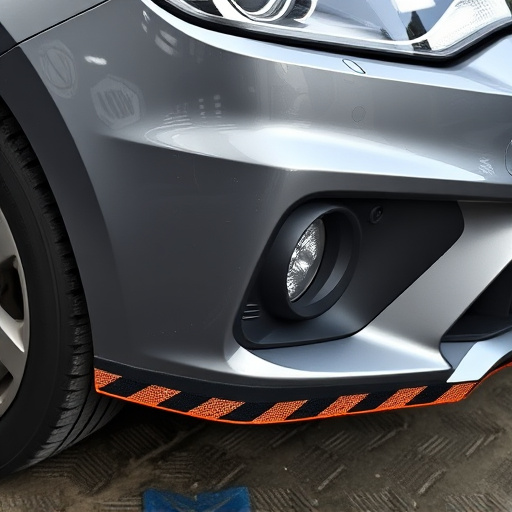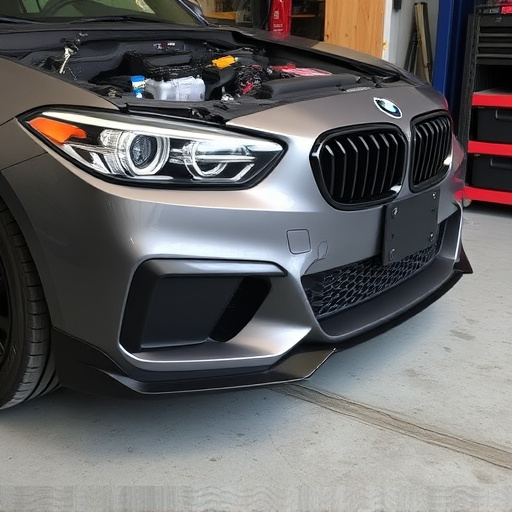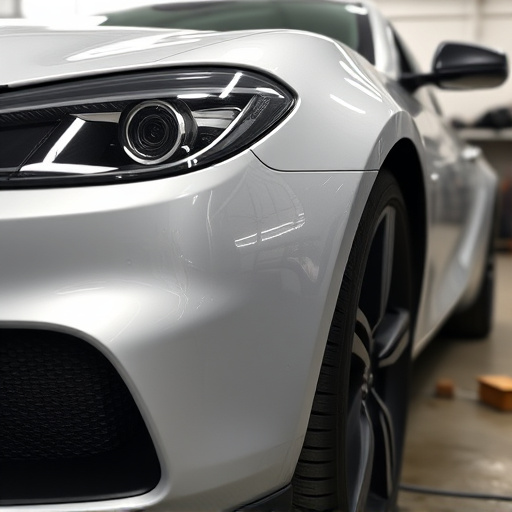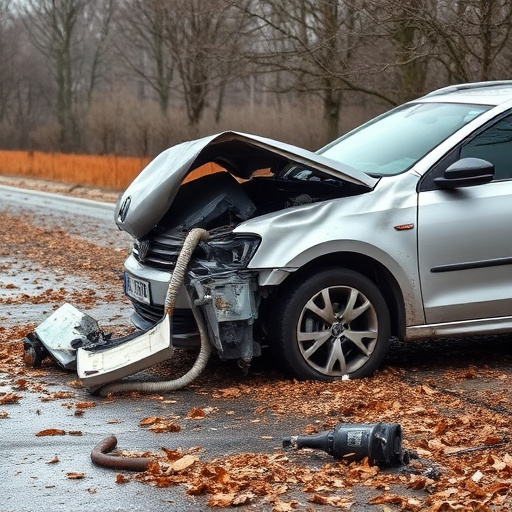Imprecise calibration of Mercedes head-up displays (HUD) poses safety risks and reduces driver satisfaction. Correct HUD alignment is crucial for accurate speed, warning messages, and overall system performance. Auto glass & body repair technicians must use specialized equipment and software to ensure clear, consistent projections, especially post-collision damage, enhancing both safety and the driving experience.
Mercedes’ head-up display (HUD) technology enhances driver experience by projecting vital information onto the windshield. However, precise Mercedes head-up display calibration is crucial for optimal performance. Imprecision can lead to distorted or misaligned images, negatively impacting safety and comfort during driving. This article explores the significance of accurate calibration techniques, delving into the functionality of Mercedes HUDs and the consequences of imprecise adjustments, ultimately guiding drivers on achieving top-tier visual assistance.
- Understanding Mercedes Head-Up Display Functionality
- The Impact of Calibration Imprecision on Driver Experience
- Techniques for Achieving Accurate Calibration
Understanding Mercedes Head-Up Display Functionality
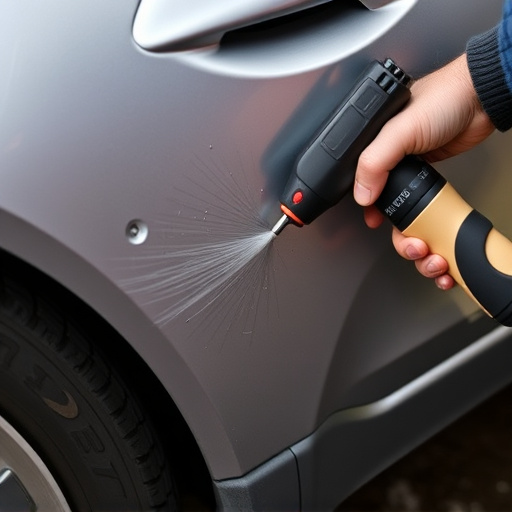
The Mercedes Head-Up Display (HUD) is a cutting-edge feature that projects essential driving information directly onto the driver’s line of sight, typically on the windshield or a transparent display in front of the dashboard. This technology offers drivers a safe and convenient way to access critical data without taking their eyes off the road. The HUD can display various elements, including speed, navigation instructions, engine metrics, and even warning alerts for potential hazards.
Precise calibration is essential to ensure that this advanced system functions optimally and accurately presents information. Even minor misalignments in the Mercedes HUD calibration can lead to distorted or incorrect data being shown to the driver. Therefore, when conducting auto glass repair or vehicle body repair, technicians must pay meticulous attention to calibrating the head-up display, ensuring it seamlessly integrates with other vehicle systems for a seamless and safe driving experience, free from visual distractions and errors, even during vehicle dent repair processes.
The Impact of Calibration Imprecision on Driver Experience
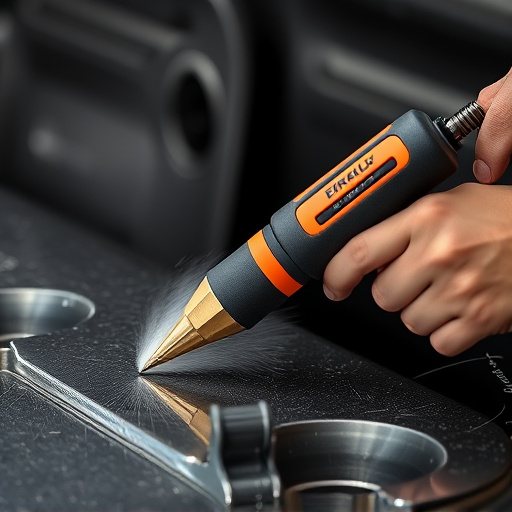
Imprecise calibration of Mercedes head-up displays can significantly impact the overall driver experience, leading to potential safety hazards and decreased satisfaction. When the display’s data is not accurately projected onto the windshield, drivers may struggle to perceive vital information at a glance, such as speed, navigation directions, or warning messages. This can result in delayed reactions and increased mental workload while driving, especially in dynamic conditions like heavy traffic or challenging weather.
For instance, if the calibration is off, a driver might misread their speedometer, leading to excessive speeding or, conversely, not recognizing a low tire pressure warning in time. Such inaccuracies could be more than just inconvenient; they could contribute to risky driving behavior and increase the risk of accidents. Therefore, it’s paramount to maintain accurate Mercedes head-up display calibration through regular checks and expert body shop services when necessary, ensuring drivers receive clear, reliable information that enhances their safety and overall driving experience.
Techniques for Achieving Accurate Calibration
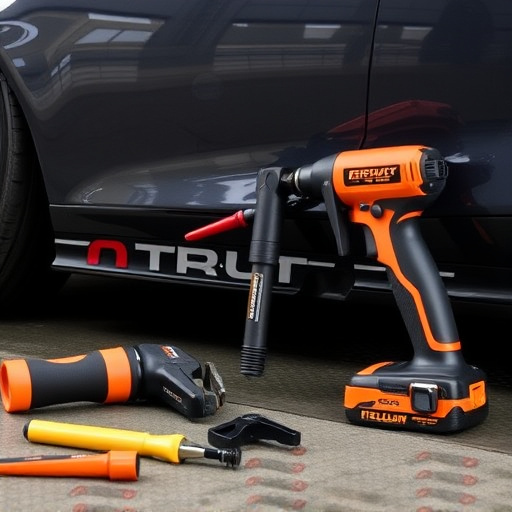
Achieving accurate Mercedes head-up display calibration requires a meticulous approach to ensure optimal performance and driver safety. The process involves several advanced techniques designed to compensate for various environmental factors, vehicle dynamics, and individual user preferences. Professionals in collision damage repair and auto painting often emphasize the importance of precise calibration, especially after incidents like fender benders that might disrupt the system’s integrity.
One key technique is using specialized equipment that projects calibrated images onto a reference surface, mimicking the driver’s line of sight. This allows for exact adjustments to the display’s position, angle, and intensity. Additionally, advanced software algorithms play a crucial role by analyzing feedback from sensors and user inputs to fine-tune the head-up display settings, ensuring it remains clear, consistent, and free from distortion across different lighting conditions and driving speeds.
Mercedes head-up display calibration is a critical aspect of ensuring a safe and optimal driving experience. The precise alignment of the digital information with the driver’s line of sight enhances road safety by providing essential data without diverting attention from the road. Imprecision can lead to a distracting or misleading display, impacting the overall driving experience. Therefore, using advanced techniques for calibration ensures that drivers receive accurate, timely, and life-saving information, making every journey more secure and enjoyable.
